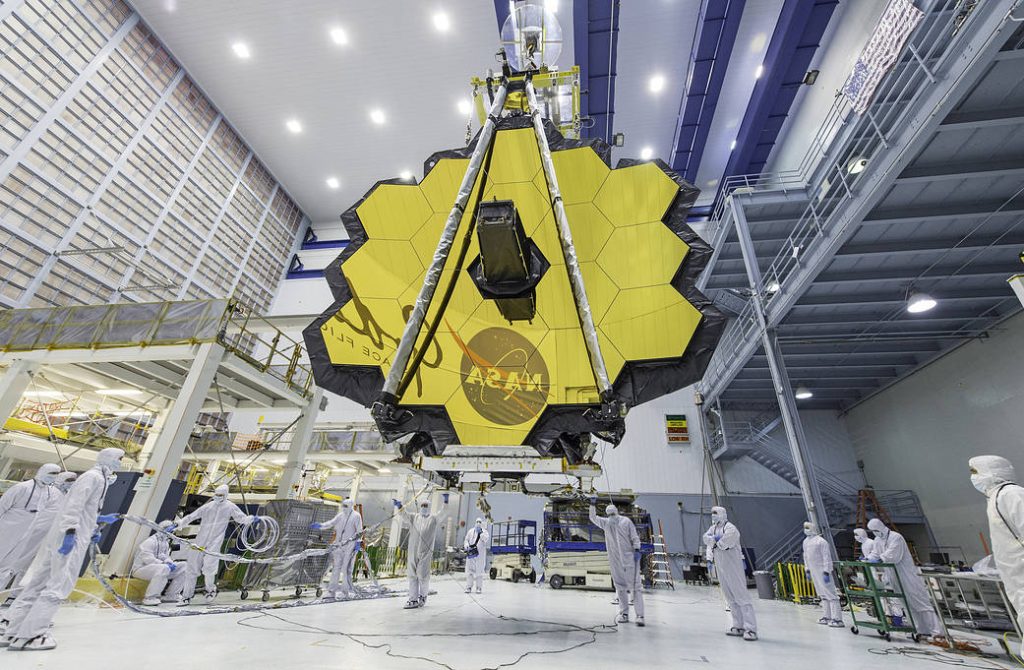The James Webb Space Telescope, set to launch in late 2021, is expected to revolutionize our understanding of the universe with its powerful infrared capabilities. This new telescope will be able to observe the earliest galaxies in the universe and potentially detect signs of life on other planets.
The James Webb Space Telescope is the largest, most complex, and most powerful telescope ever built. It is a collaboration between NASA, the European Space Agency (ESA), and the Canadian Space Agency (CSA). The telescope will be stationed at the second Lagrange point (L2), approximately 1.5 million kilometers from Earth.
The James Webb Space Telescope has several key advantages over previous space telescopes, including a much larger mirror, which will allow it to capture more light and detect fainter objects. Its infrared capabilities will also allow it to see through the dust and gas that can obscure visible light, providing a clearer view of the universe.
Scientists expect the James Webb Space Telescope to make groundbreaking discoveries in several areas of astrophysics, including the formation of galaxies, the evolution of stars and planetary systems, and the search for extraterrestrial life. The telescope is expected to operate for at least a decade, providing a wealth of data for scientists to analyze and study.
Overall, the James Webb Space Telescope represents a major step forward in our quest to understand the universe and our place in it. Its launch and subsequent observations will likely yield significant discoveries and deepen our understanding of the cosmos.





